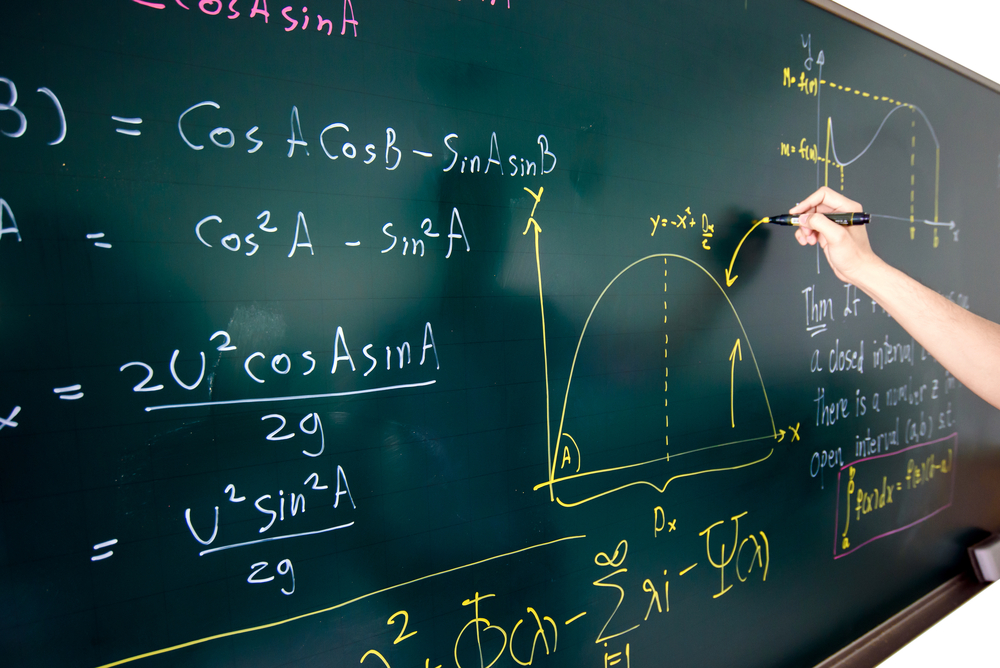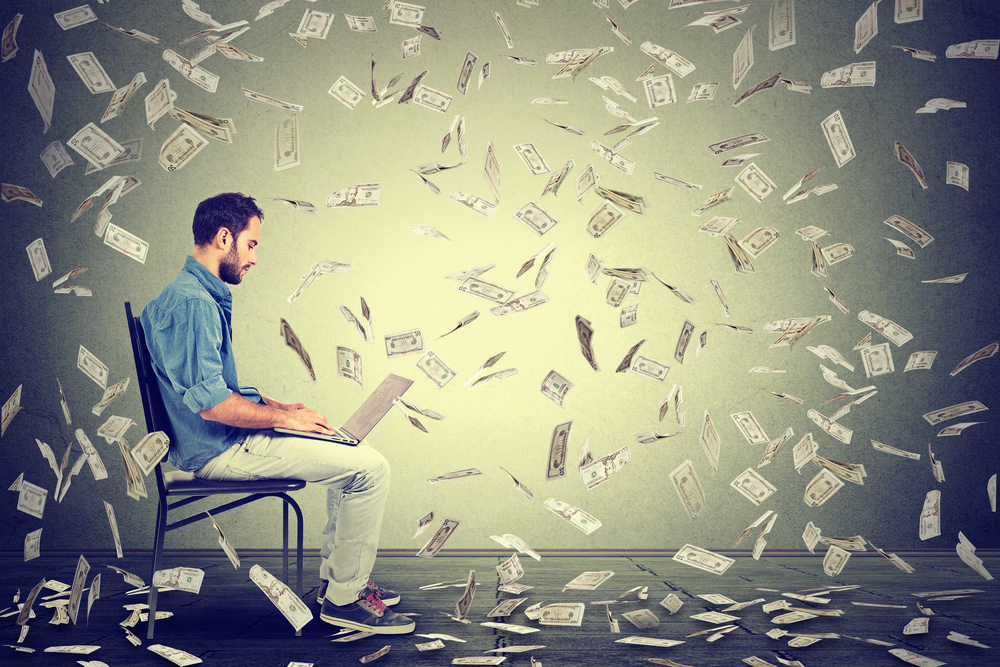
Millions of people play the lottery all over the world and no matter which country they're playing in, the odds are all accepted worldwide as being stacked heavily against the individual. So why do we play? The answer is simple. We play because it doesn't hurt to take a small chance at winning big. In fact, when you look at it like that, it makes more sense to play than not to.
However, although the odds of winning might be unfavourable, it's still a numbers game. Therefore, everybody should have the same chance as everybody else, right? Well, although technically that would be correct, there are those of whom choose not to leave Lady Luck to her own devices. Stefan Mandel was that man who in 1992, managed to perfectly execute a well thought out plan to win Virginia $27 million jackpot prize.
The Journey Begins
His plan was simple but effective and would lead to a drastic rethink of the way lotteries were played forever. All he had to do was some serious number-crunching and then play every possible combination of numbers there was to be played. This might sound ridiculously easy to do if you had enough investment into the scheme, but at the time, nobody ever thought to execute such plan.
"I knew that I would win one first prize, six second prizes, 132 third prizes, and thousands of minor prizes," he told Alex Goldmark, NPR's Planet Money producer. "The lottery was the only way I could get some serious money quickly."
Goldmark would eventually report of the mathematical mind that Mandel possessed as well as his determination to pull off such an extreme scheme. "He doesn't just go out and buy random tickets," commented Goldmark. "He's a pretty natural math whiz. He goes to the library and he starts reading math paper, after math paper, after math paper, and he comes up with a formula for buying blocks of tickets that he thinks should guarantee him a prize."
The Operation Blueprint
On his very first attempt, all of Mandel's hard work came to fruition. He now had enough money to relocate himself as well as his family to Australia. It was here that he took his business plan a step further and even managed to attract some serious investors.
It wasn't until the 12th time of winning the Australian lottery that new laws were introduced to stop Mandel from bankrupting the business. However, by then, he had made more than enough money to retire. Being the relentless go-getter that Mandel is, he didn't simply quit there.
He now had his eyes fixed on a new target, the Virginia lottery. In those days, the lottery had a maximum of 7,100,000 combinations from which to play. Mandel figured that with such a high number, to make a lucrative profit, the jackpot had to reach an amount of no less than $25 million. All he had to do now was wait.
Stefan Mandel spent three months perfecting his strategy and biding his time to tilt the odds heavily in his own favour. Goldman gives us more insight as to the inner workings of Stefan's operation. "They printed out all 7.1 million tickets in Australia, paid $60,000 to ship them to the US, and negotiated bulk buys with grocery stores all around Virginia about how they could send cashier's checks to buy tens of thousands of lottery tickets."
D-Day
On the day of the draw, Mandel says that he was as cool as a cucumber as all of the details of the plan had already been set out. It was just a matter of time. All of his hard work had paid for itself when Mandel had the winning tickets for thousands of the competition's smaller prizes as well as third, second and the elusive main jackpot prize. His remarkable win grossed $27 million.
Mandel remains one of the very few to have ever pulled off an operation of this magnitude as today, precautions have been put in place to avoid this kind of manipulation. There are just too many combinations necessary to match to be able to succeed, the costs of which would be sky high, according to Business Insider's Andy Kiersz.


